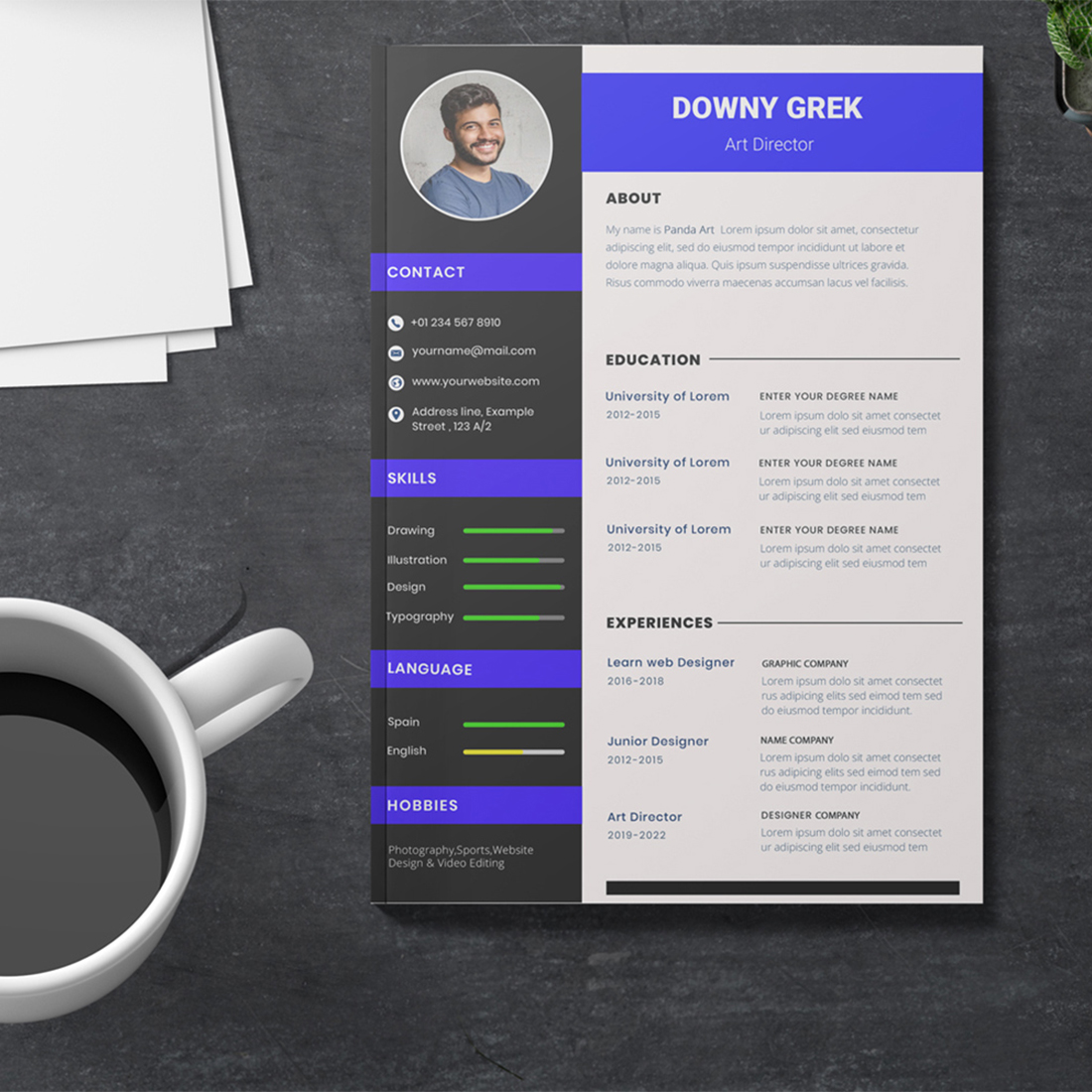Writing a compelling CV (Curriculum Vitae)
Writing a compelling CV (Curriculum Vitae) is essential for making a strong first impression on potential employers. A well-written CV should be clear, concise, and tailored to the job you're applying for. Here’s a step-by-step guide on how to write a CV:
Choose a Format
There are several common CV formats:
Reverse-chronological: Lists your most recent work experience first (most common and preferred).
Functional: Focuses on skills and qualifications rather than work history.
Combination: A blend of both, highlighting both skills and a work timeline.
For most applicants, the reverse-chronological format works best.
Personal Information
At the top of your CV, include:
Full name :
Phone number:
Email address: (Make sure it's professional)
LinkedIn profile: or personal website (if relevant)
You can also include your location (city and country), but it's generally not necessary to include a full address.
Professional Summary (Optional)
A short paragraph (2-4 sentences) summarizing your professional background, key skills, and what you are seeking. This is optional but helps to grab attention.
Example:
"Experienced digital marketer with over 5 years of experience in managing SEO, PPC, and content strategies. Proven track record in increasing website traffic and conversion rates. Seeking to bring my expertise to a dynamic marketing team."
Key Skills
List relevant skills tailored to the job you’re applying for. Use bullet points to make it easier to read. These can include:
Technical skills (e.g., coding languages, software proficiency)
Soft skills (e.g., communication, teamwork, problem-solving)
Certifications or languages (e.g., "Certified in Google Analytics," "Fluent in Spanish")
Work Experience
List your work experience in reverse chronological order (most recent first). Include:
Job title
Company name and location
Dates of employment (month/year format is fine)
Key responsibilities and achievements in bullet points (tailor this to the job you're applying for by focusing on relevant tasks)
Example:
Marketing Manager
XYZ Company, New York, NY
June 2018 – Present
Developed and executed digital marketing strategies that increased website traffic by 35%.
Managed a team of 5 marketers and led cross-departmental projects.
Spearheaded a successful social media campaign, resulting in a 20% increase in brand engagement.
Education
Include your educational background in reverse-chronological order, with the most recent degree first. Mention:
Degree
Institution name and location
Graduation date (or expected graduation)
Notable achievements (if any, like scholarships, GPA, etc.)
Example:
Bachelor of Science in Computer Science
University of California, Berkeley
Graduated: May 2020
Certifications & Training (Optional)
If you have any additional certifications, online courses, or special training, list them here. Only include those relevant to the job you're applying for.
Example:
Google Analytics Certified (2022)
Project Management Professional (PMP) Certification
Additional Sections (Optional)
Depending on your experience, you can include additional sections like:
Languages: If you speak multiple languages, note your proficiency level.
Volunteer Work: Highlight any significant volunteer experience, especially if it's relevant to the job.
Awards & Honors: If you've received any significant awards, list them.
Publications or Projects: For academic or technical roles, you can list research papers, publications, or projects you've worked on.
Tailor Your CV for Each Job
Always adjust your CV based on the job description. Highlight the experiences and skills that best match the role.
Proofread
Check for any spelling or grammatical errors. It’s essential to ensure that your CV is error-free. Consider having a friend or mentor review it for you.


Comments